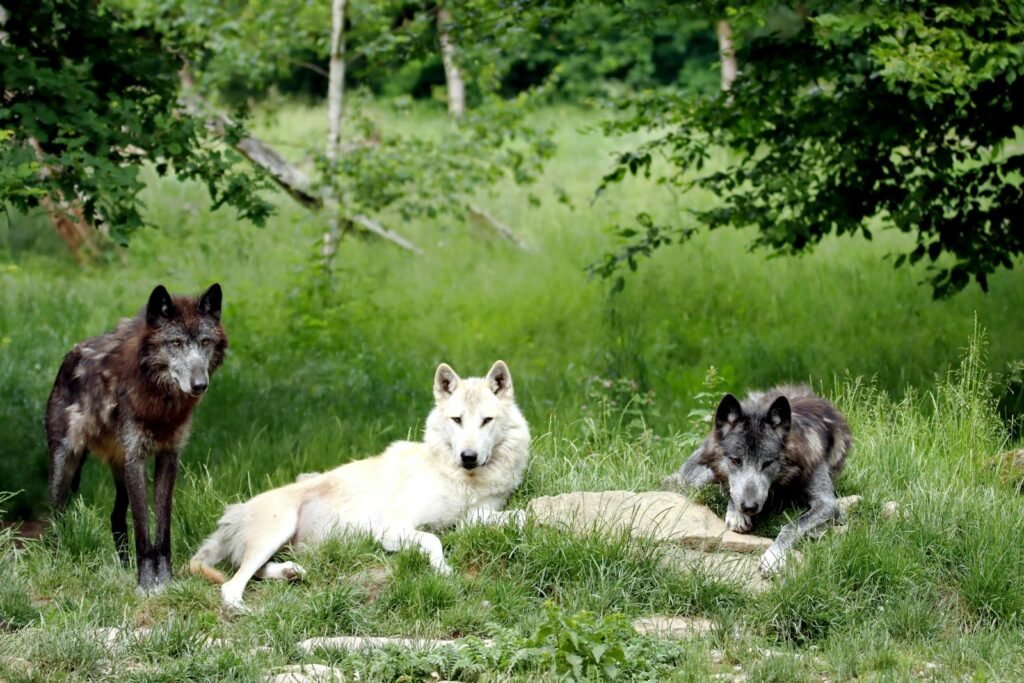Imagine walking through a zoo where the roar of a lion isn’t a manufactured spectacle, but a glimpse into the complex, natural world these magnificent animals inhabit. Where animals are not performers, but respected ambassadors of their wild relatives. In an age when the ethical treatment of animals has become a burning question, some zoos are leading a quiet revolution—placing animal welfare, science, and conservation at the very heart of their mission. These institutions challenge our expectations, showing that a zoo can be more than just a place for entertainment; it can be a sanctuary, a classroom, and a beacon of hope for wildlife. Let’s journey through eight inspiring zoos around the world that have made animal welfare their guiding star.
San Diego Zoo: A Model for Enrichment and Natural Habitats

San Diego Zoo has long been recognized as a global leader in animal care. Instead of sterile cages and repetitive routines, animals here enjoy lush, expansive habitats designed to mimic their wild homes as closely as possible. Imagine gorillas lounging under real trees, or elephants roaming across dusty hills, foraging as they would in Africa or Asia. The zoo’s enrichment programs use puzzles, hidden treats, and novel objects to stimulate animal minds and prevent boredom—because a stimulated animal is a healthy animal. Scientific teams constantly monitor animal health, behavior, and well-being, making adjustments to ensure every creature thrives. This zoo’s commitment goes beyond the enclosures; it supports conservation projects worldwide and educates visitors about the importance of coexisting with wildlife. The result is a place where visitors leave inspired, not just entertained.
Woodland Park Zoo: Championing Evidence-Based Animal Care
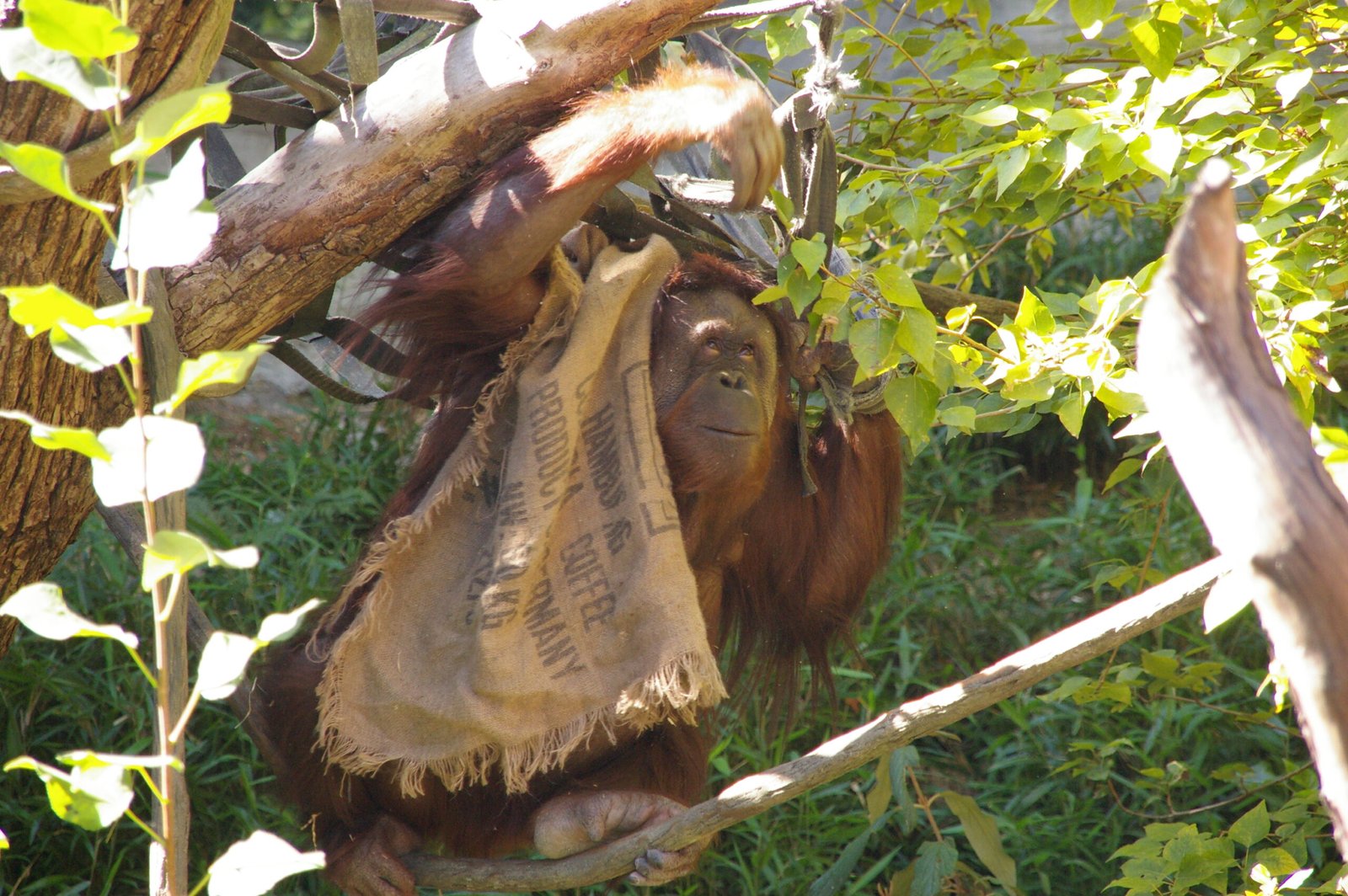
In the heart of Seattle, Woodland Park Zoo has become a haven for animals thanks to its science-driven philosophy. Every enclosure is designed with input from animal behaviorists and conservationists, reflecting the latest research on what each species needs to thrive. Tigers prowl through dense foliage, and orangutans swing across vast, interconnected spaces, echoing the complexity of their natural habitats. The zoo’s innovative “Naturalistic Exhibit” design philosophy has been copied around the world, demonstrating that animal welfare and public education can go hand in hand. Staff undergo rigorous training to recognize signs of stress or discomfort, and the zoo’s veterinary team is equipped to handle both emergencies and preventative care. Visitors are encouraged to slow down and observe, fostering empathy and understanding rather than passive amusement.
Chester Zoo: Pioneering Conservation and Positive Welfare
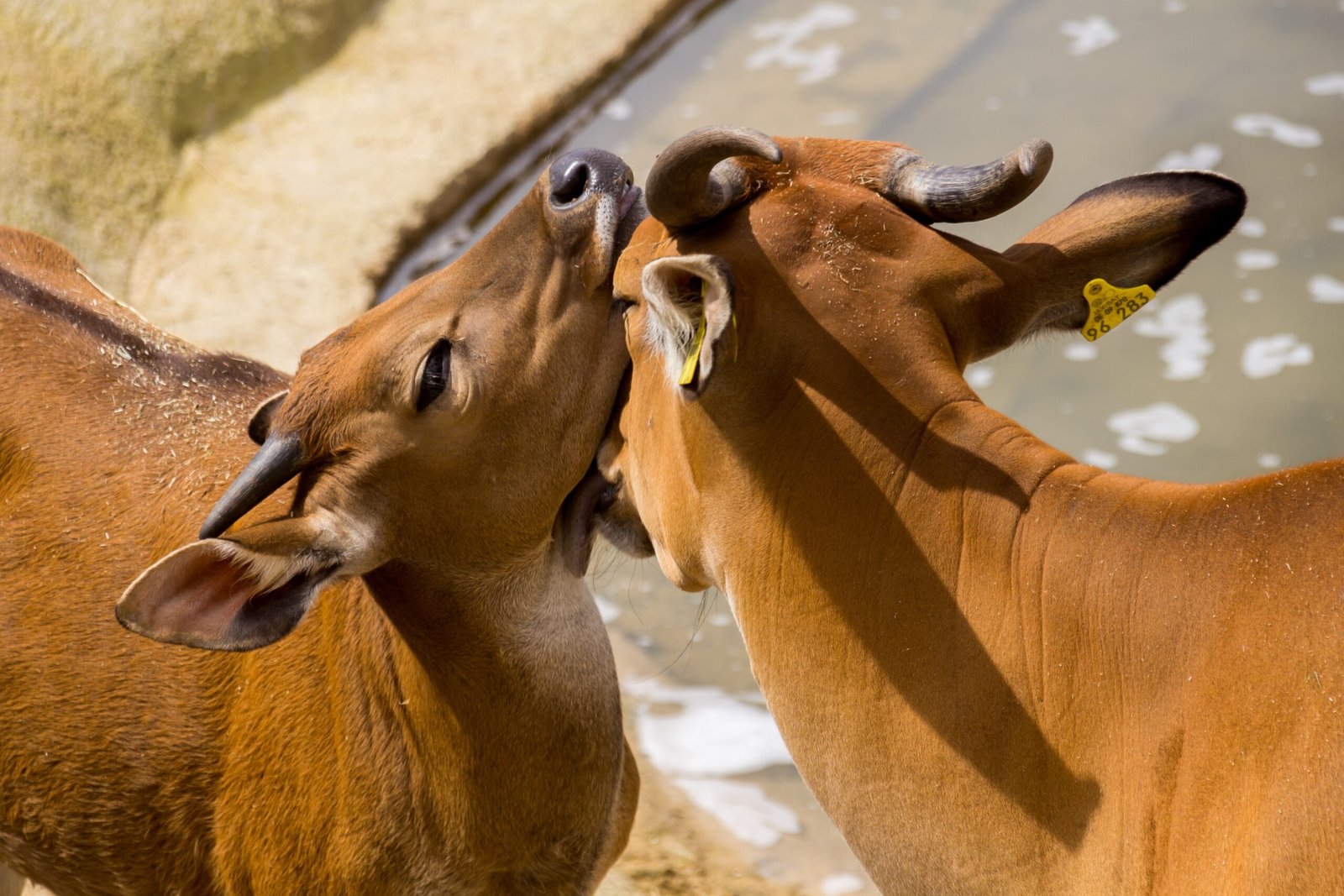
In the United Kingdom, Chester Zoo stands out for its unwavering commitment to animal welfare and conservation. The zoo’s philosophy is simple yet profound: every animal deserves a life worth living. This means more than just food and shelter—it means opportunities for play, choice, and social interaction. Scientists at Chester Zoo conduct ongoing research into animal emotions, using behavioral observations and physiological data to assess well-being. This science then shapes everything from feeding schedules to the design of immersive, multi-species habitats. The zoo also works tirelessly to reintroduce endangered species to the wild, proving that zoos can be active partners in global conservation efforts. Visitors often leave with a sense of awe, having witnessed animals at their most natural and content.
Singapore Zoo: Immersive Habitats and Freedom to Roam
Singapore Zoo has redefined what it means to house wild animals in an urban setting. Instead of bars and concrete, you’ll find open enclosures separated by hidden moats and thick vegetation, allowing animals to move freely and express natural behaviors. White-handed gibbons leap above your head, while herds of free-ranging deer and antelope graze in sun-dappled clearings. The zoo’s “open concept” not only delights visitors, but also gives animals autonomy and control over their environment—a key marker of good welfare. Regular behavioral enrichment sessions, from scent trails to new climbing structures, keep animals curious and active. The zoo’s education programs teach respect for wildlife and advocate for sustainable living, turning every visit into a lesson in compassion.
Taronga Zoo Sydney: Science, Sustainability, and Animal Choice
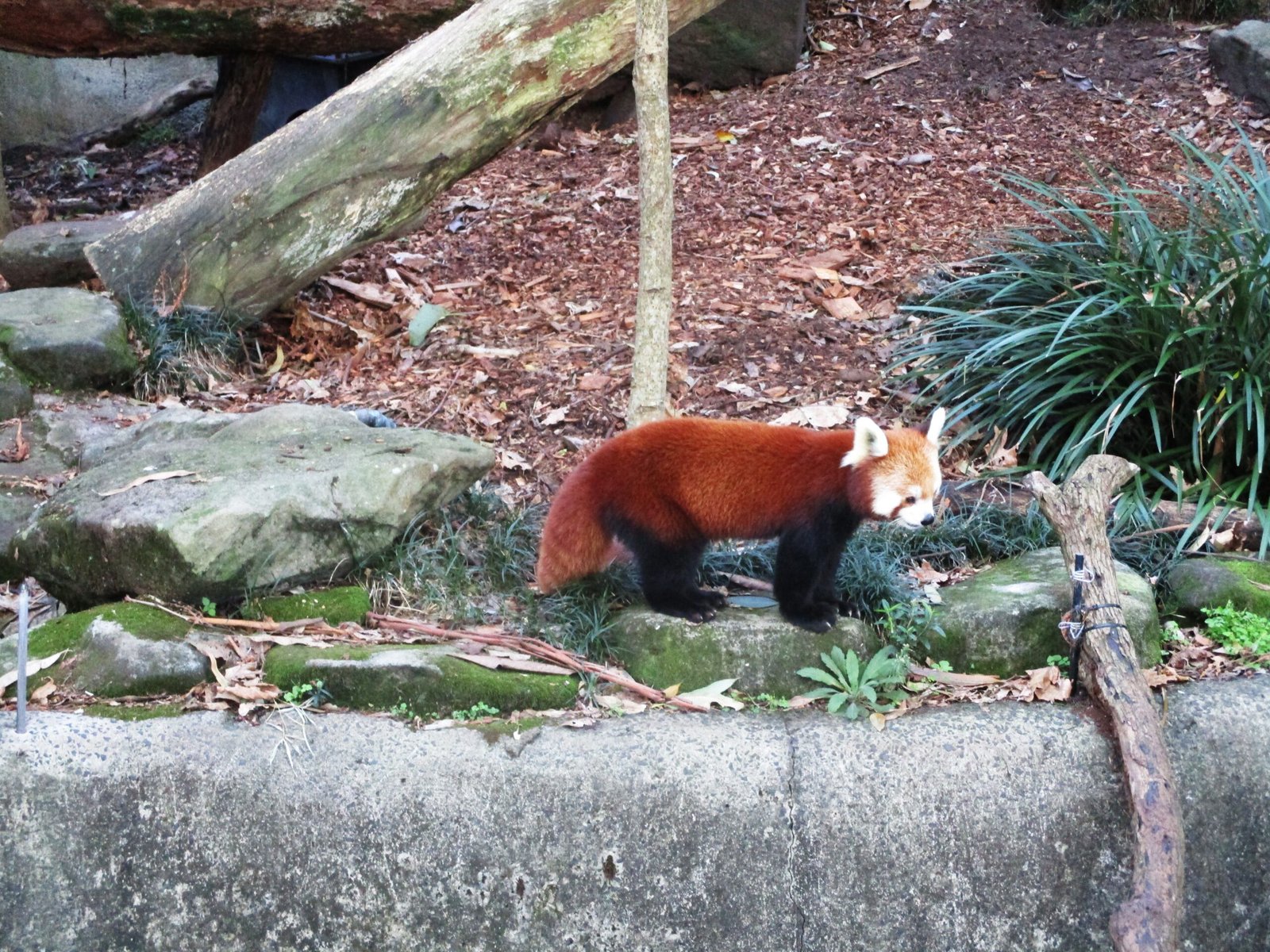
Set on a hillside overlooking Sydney Harbour, Taronga Zoo is as dedicated to the future of wildlife as it is to the animals in its care. The zoo’s enclosures are spacious, complex, and ever-changing, allowing animals to make choices about where and how they spend their time. For instance, chimpanzees can choose between several interconnected habitats, encouraging natural social dynamics and exploration. Taronga’s animal care teams are at the cutting edge of veterinary science and behavioral research, continually refining their practices to improve welfare outcomes. Sustainability is woven into every aspect of the zoo’s operation—from solar-powered facilities to zero-waste initiatives. This holistic approach ensures that the well-being of animals, people, and the planet are all equally valued.
Detroit Zoo: The First to End Elephant Captivity for Welfare
Detroit Zoo made international headlines when it voluntarily relocated its elephants to a sanctuary, citing concerns about their well-being in a northern climate. This bold move was a watershed moment for animal welfare, signaling that visitor expectations should never outweigh an animal’s needs. Today, the zoo is celebrated for its innovative habitats, like the Arctic Ring of Life, where polar bears swim in icy waters and wolves prowl through forested trails. The zoo’s Center for Zoo Animal Welfare is dedicated to research and training, helping other institutions improve their own standards. Detroit Zoo’s leadership has inspired a broader conversation about the ethics of captivity and the importance of listening to the needs of each species.
Vienna Zoo (Tiergarten Schönbrunn): Blending History with Modern Welfare
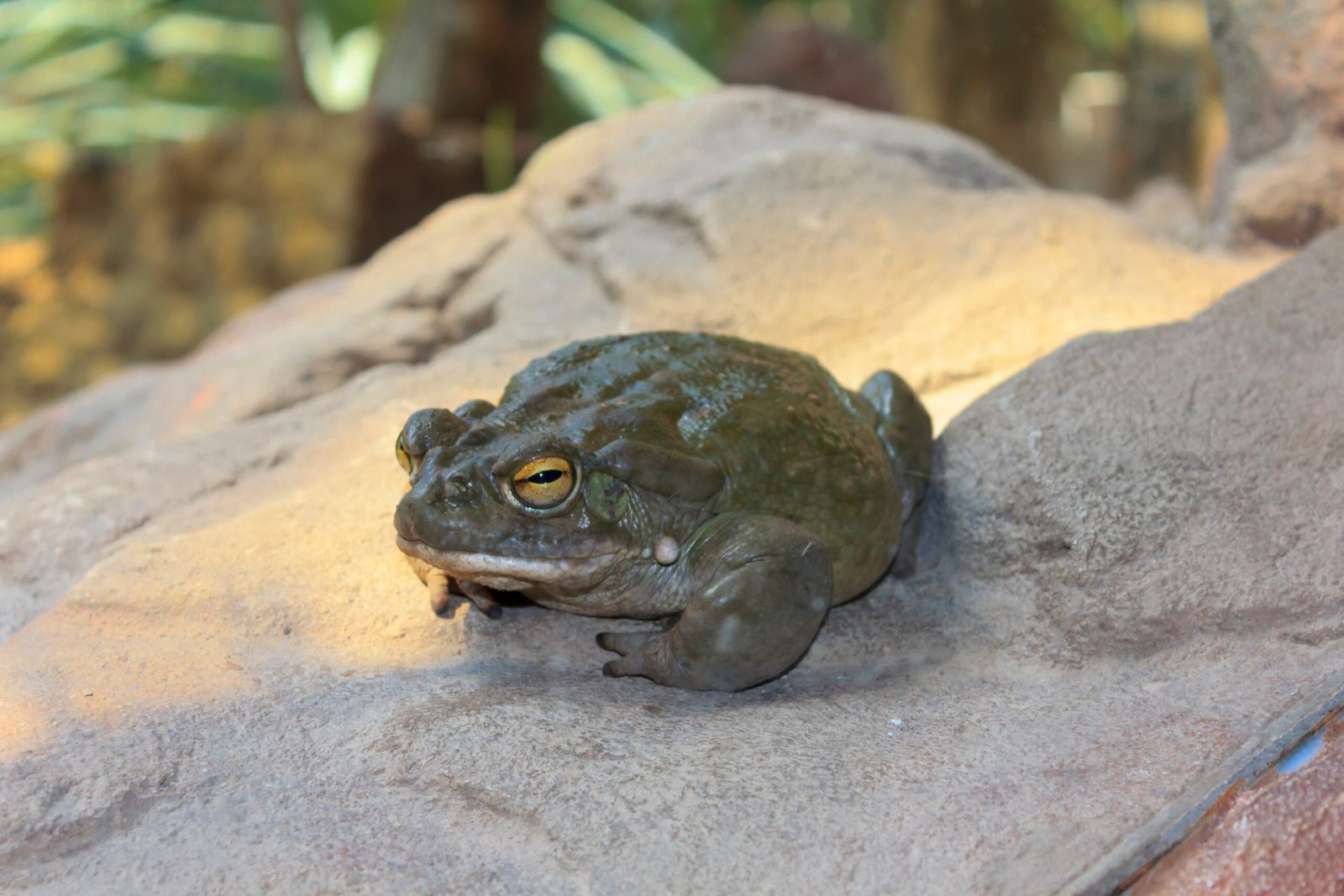
Vienna Zoo, the world’s oldest continuously operating zoo, could have rested on its laurels. Instead, it has embraced a progressive, welfare-first philosophy, transforming its historic grounds into a showcase for modern animal care. Animals are provided with environments rich in opportunities for foraging, climbing, digging, and socializing. For example, the zoo’s giant panda enclosure features bamboo thickets and climbing platforms that encourage natural behaviors. The zoo’s commitment to animal welfare is matched by its devotion to conservation; it participates in global breeding programs and supports rewilding projects. Visitors are often surprised by how closely the animals’ lives mirror those of their wild counterparts.
Oregon Zoo: Embracing Enrichment and Individual Care

Oregon Zoo in Portland has become a sanctuary for animals thanks to its focus on individualized care and enrichment. Caretakers treat each animal as a unique individual, tailoring enrichment activities and diets to suit specific personalities and needs. Elephants, for example, are given access to mud wallows, pools, and puzzle feeders that challenge their intelligence and keep them physically active. The zoo’s animal welfare team closely monitors health and behavior, using non-invasive tools like activity trackers to assess well-being. Innovative exhibits, such as the Elephant Lands and Condors of the Columbia, are designed to foster natural behaviors and support endangered species recovery. Oregon Zoo’s approach is a shining example of how science, compassion, and creativity can come together to redefine what a zoo can be.
Conclusion
Across the globe, these eight zoos are proving that animal welfare and meaningful public engagement don’t have to be at odds. By prioritizing science, empathy, and conservation over spectacle, they are setting new standards for what it means to care for animals in human care. Their stories remind us that every animal deserves respect, and that the true measure of a zoo’s value lies not in how many visitors it attracts, but in the lives it touches—animal and human alike. Isn’t it time we all demanded more from the places entrusted with the world’s most precious wildlife?

